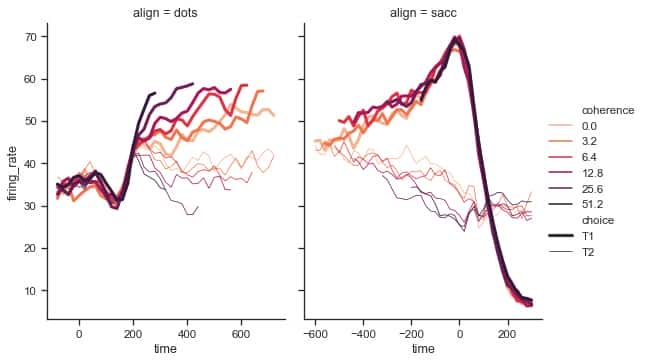NASA Awards SpaceX : In a groundbreaking move, NASA has selected SpaceX for a critical mission: de-orbiting the International Space Station (ISS). This contract, valued at $843 million, entrusts Elon Musk's company with developing a new spacecraft designed specifically to retire the ISS safely by 2030. This mission, part of the broader ISS retirement plan, underscores the ongoing collaboration between NASA and SpaceX, aiming to transition the responsibilities of low Earth orbit activities to private companies.
The Significance of the ISS De-Orbit Mission 🌌
The ISS has been a cornerstone of international space collaboration and scientific research since its launch in 1998. Hosting astronauts from various countries, it has facilitated numerous scientific breakthroughs and provided invaluable data on living and working in space. However, like all man-made structures, the ISS has a limited lifespan. NASA's decision to retire the ISS is driven by the need to ensure safety and allocate resources to new space endeavors.
SpaceX's Role and Technological Innovations 🚀

SpaceX is tasked with creating a spacecraft capable of pushing the ISS out of its orbit, guiding it into a controlled descent into Earth's atmosphere, where it will burn up. This mission requires advanced engineering to ensure precision and safety, avoiding debris and protecting other space assets.
The contract highlights SpaceX's growing dominance in space logistics and its ability to undertake complex missions. It also marks a significant shift from traditional government-operated space missions to commercial space exploration and operations.
Simulations and Techniques Used in ISS De-Orbiting 🌍
To achieve the precision required for de-orbiting the ISS, SpaceX and NASA will employ several advanced simulations and techniques:

- Orbital Dynamics Simulations: These simulations model the behavior of the ISS in its current orbit, predicting how it will respond to various forces. This helps in planning the exact maneuvers needed to change its trajectory safely.
- Collision Avoidance Analysis: This involves simulating the ISS’s path to ensure it avoids other satellites and space debris during its descent. Advanced algorithms predict potential collisions and adjust the de-orbit plan accordingly.
- Atmospheric Reentry Modeling: Detailed simulations of the ISS’s reentry into Earth's atmosphere are crucial. These models predict how the station will break apart and burn up, ensuring any remaining debris falls into the designated safe areas, typically remote ocean regions.
- Propulsion System Testing: SpaceX will develop and test new propulsion systems specifically designed for this mission. These systems need to be powerful and precise enough to alter the ISS’s orbit in a controlled manner.
- Real-Time Monitoring and Adjustments: During the actual de-orbiting process, real-time data from the ISS and ground-based sensors will be used to make any necessary adjustments. This ensures that the de-orbit follows the planned trajectory as closely as possible.
Transition to Commercial Space Stations 🛰️

As the ISS approaches its decommissioning, attention is turning towards commercial space stations. Companies like Axiom Space are already planning private space habitats, ensuring continuous human presence in low Earth orbit. These commercial stations aim to support scientific research, industrial applications, and even space tourism, heralding a new era in space exploration.
Looking Ahead: The Future of Space Exploration 🚀
The retirement of the ISS is not an end but a transition. NASA's Artemis program aims to return humans to the Moon and eventually to Mars, focusing on deep space exploration. By offloading low Earth orbit operations to private companies, NASA can reallocate resources and expertise to these ambitious missions.
Moreover, the partnership with SpaceX exemplifies the successful integration of public and private sectors in space exploration, setting a precedent for future collaborations. This synergy is expected to accelerate technological advancements and reduce costs, making space more accessible.
Conclusion
NASA's decision to award SpaceX the $843 million contract to de-orbit the ISS is a pivotal moment in space history. It signifies the end of an era for the ISS while paving the way for new opportunities in commercial space stations and deep space exploration. With SpaceX at the helm of this critical mission, the future of space exploration looks promising, filled with innovation and expanded horizons.
you can contact us (bkacademy.in@gmail.com)
rested to Learn Engineering modelling? Check our Courses?
